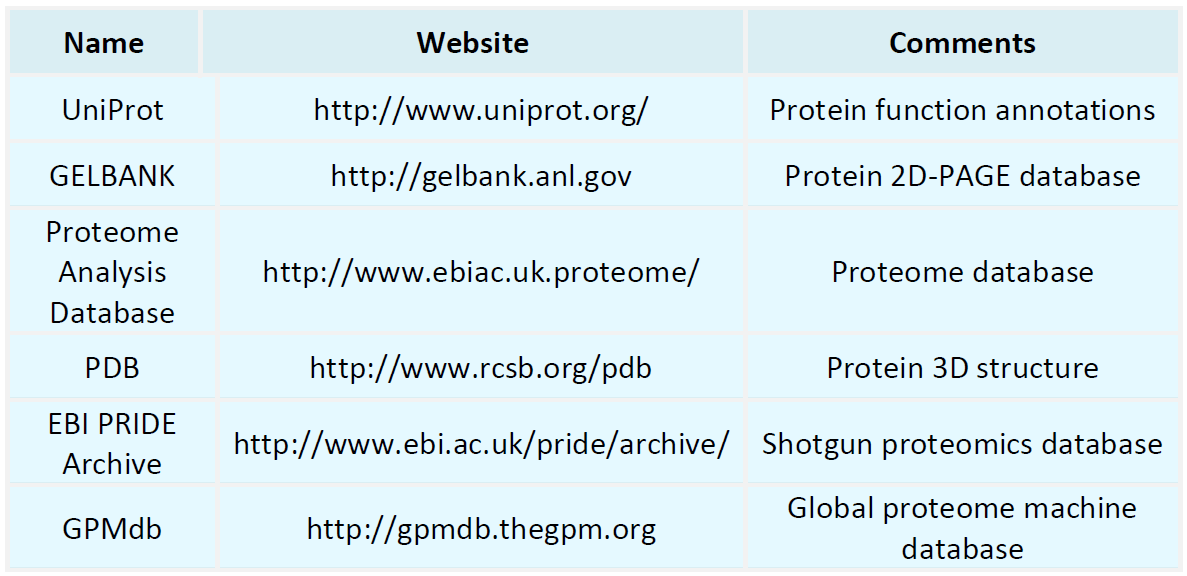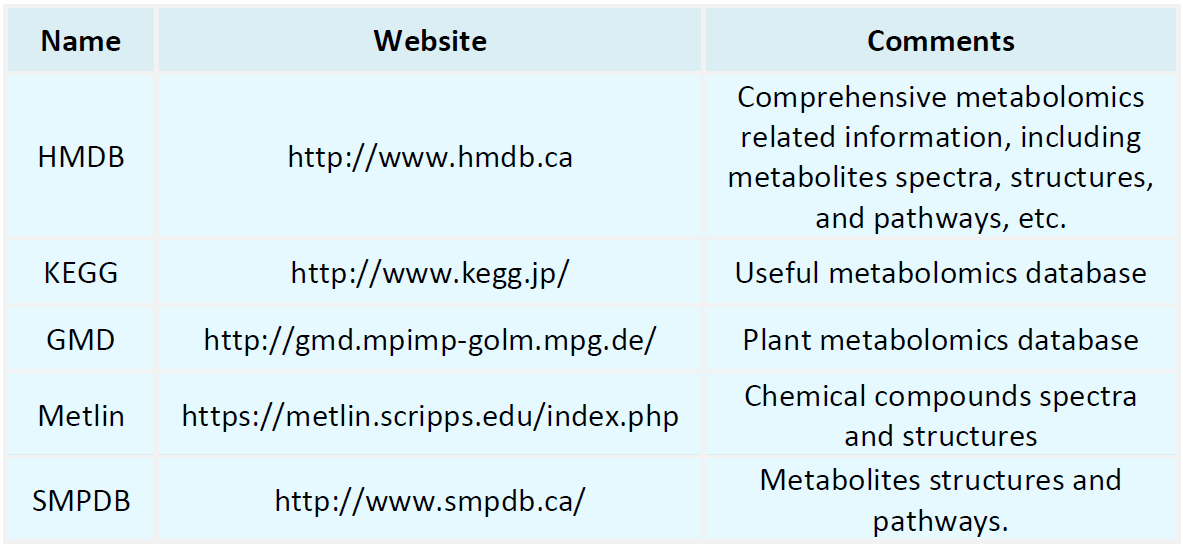Resources
Proteomics Databases

Metabolomics Databases

-
• How to Use Acetylation Data for Pathway Enrichment Analysis in Research?
Acetylation is a critical protein post-translational modification (PTM) that plays essential roles in diverse biological processes, including the regulation of cellular metabolism, signal transduction, and chromatin remodeling. With the advancement of high-resolution mass spectrometry technologies, researchers can systematically detect and identify acetylation sites, thereby enabling in-depth investigation of their biological functions. Within the vast datasets generated from acetylation studies, pathway...
-
Acetylation, a pivotal post-translational modification (PTM), plays a critical role in chromatin remodeling, metabolic regulation, and signal transduction. With the continuous advancement of mass spectrometry-based proteomics, investigations into acetylated proteomes have deepened considerably. However, owing to the inherently low abundance, transient nature, and dynamic regulation of acetylation, improving the sensitivity and specificity of acetylated protein quantification analyses remains a central .....
-
O-glycoproteomics is a systematic field devoted to the comprehensive study of O-linked glycosylation modifications in proteins, encompassing the identification of modification sites, elucidation of glycan structures, and quantitative analysis. As one of the key areas in post-translational modification research, O-glycoproteomics is of great significance in elucidating cellular signal regulation, understanding disease mechanisms, and facilitating biomarker discovery. Basic Principles of O-Glycosylation .....
-
Post-translational modification (PTM) represents one of the core mechanisms regulating protein function, and lysine acetylation has emerged as one of the most intensively studied PTM types following phosphorylation. Acetylation is involved in diverse biological processes, including transcriptional regulation, metabolic control, cell cycle progression, and signal transduction. Aberrant acetylation patterns are closely associated with various diseases, such as cancer, metabolic syndrome, and .......
-
• How Mass Spectrometry Enables High-Precision Quantification of Phosphorylated Proteins?
Protein phosphorylation is among the most prevalent and functionally significant post-translational modifications, playing a pivotal role in diverse biological processes such as cell signaling, proliferation, differentiation, and apoptosis. However, phosphorylation sites typically exhibit low abundance, a wide dynamic range, and susceptibility to enzymatic degradation, all of which pose significant challenges for high-precision quantification of phosphorylated proteins. Mass spectrometry (MS), as the ......
-
• How Protein Lactylation Affects Gene Expression: Mechanistic Insights
Research on protein post-translational modifications (PTMs) continues to reveal the intricate complexity of cellular regulation. Among these, protein lactylation has emerged as an important new focus in epigenetic studies. As a novel lysine modification, in addition to acetylation and methylation, lactylation not only participates in the metabolism–transcription regulatory network but may also play critical roles in diverse biological processes, including tumorigenesis, immune regulation, and stem cell ....
-
N-glycoproteomics is a scientific discipline that systematically investigates N-linked glycosylation of proteins. By integrating mass spectrometry, glycan enrichment, and high-throughput data analysis, it enables precise characterization of glycosylation sites, structural diversity, and regulatory mechanisms in biological systems. This field holds broad potential for applications in disease mechanism studies, biomarker discovery, immune regulation, and biopharmaceutical development. Molecular Basis of .....
-
Glycoproteomics represents a significant branch of proteomics, dedicated to the systematic identification and quantitative analysis of glycosylated proteins. As one of the most prevalent post-translational modifications, glycosylation plays a pivotal role in modulating protein spatial conformation, biological activity, cellular localization, and molecular interactions, thereby influencing fundamental biological processes such as embryonic development, immune responses, and tumor progression. In contrast....
-
• How to Use SILAC-Based Proteomics to Reveal Dynamic Protein Expression Changes?
Dynamic alterations in protein expression under varying physiological conditions, signal stimulation, or pharmacological intervention provide critical insights into cellular regulatory networks and mechanistic processes. Compared with endpoint-based detection methods, dynamic proteomics emphasizes capturing the temporal progression of changes at multiple time points rather than merely observing the differences in final outcomes. Stable Isotope Labeling by Amino acids in Cell culture (SILAC), as a ......
-
• What Is ABPP and Why It Is Transforming Functional Proteomics?
What Is ABPP? Activity-Based Protein Profiling (ABPP) is a chemical probe–based proteomic strategy specifically designed to detect the catalytically active states of enzymes, rather than merely measuring their expression levels. ABPP employs Activity-Based Probes (ABPs) that selectively and covalently label the catalytic sites of active enzymes, thereby enabling the identification of enzymes with confirmed functional activity in complex biological samples. This technique represents a close integration of...
How to order?







